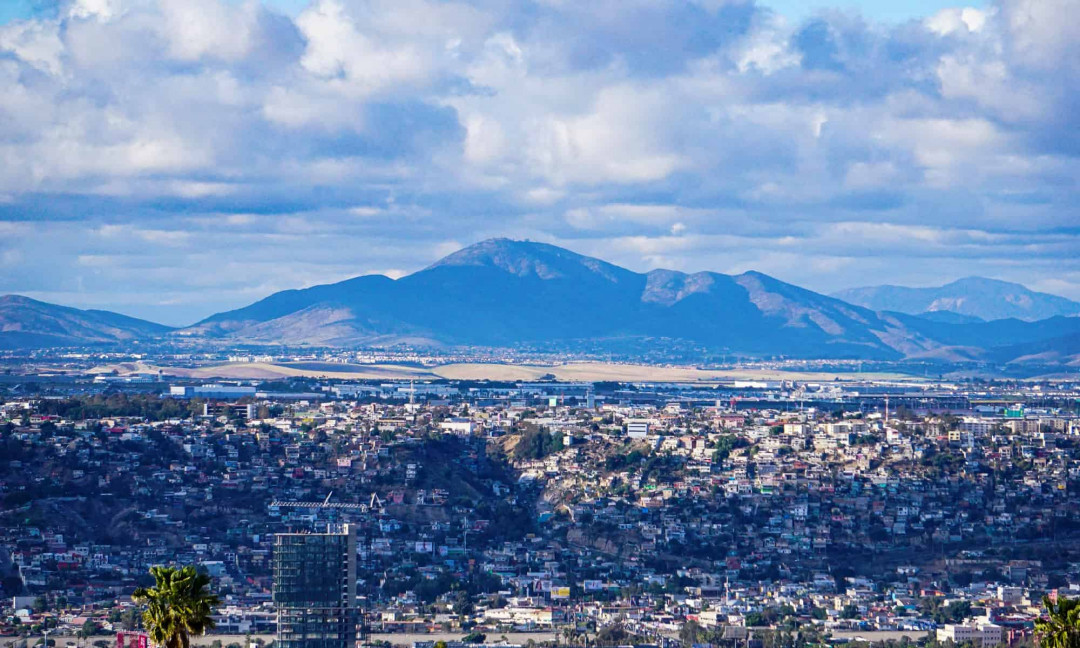Tijuana, located in Mexico, is a bustling city known for its vibrant culture and diverse population. With a population of over 1.8 million people, it is one of the largest cities in Mexico.
Tijuana attracts people from all walks of life, resulting in a rich and varied demographic profile. The city has a relatively young population. This youthful demographic brings energy and dynamism to Tijuana’s social fabric.
The presence of universities and educational institutions in Tijuana further contributes to its youthful population. Many young individuals flock to the city for educational opportunities, creating a thriving academic community.
Additionally, Tijuana’s proximity to the United States border has also influenced its population composition. The city serves as a gateway for migration and cross-border movement, attracting individuals from both sides of the border.
The old people population in Tijuana has been steadily growing over the years. This can be attributed to factors such as improved healthcare services and advancements in medical technology, leading to increased life expectancy. Additionally, Tijuana’s proximity to the United States has also contributed to an influx of retirees from across the border seeking affordable living options.
The rise in the older population presents both opportunities and challenges for the city. On one hand, it highlights the need for comprehensive geriatric care and specialized services catering to the specific needs of older individuals. This includes access to quality healthcare facilities, geriatric specialists, and programs that promote active aging and social engagement.
On the other hand, accommodating a larger elderly population requires adjustments in infrastructure and public spaces to ensure accessibility and safety. This may involve implementing age-friendly initiatives such as senior-friendly transportation options or creating recreational areas tailored for older adults.
Overall, Tijuana’s population reflects its vibrant character and unique blend of cultures.

